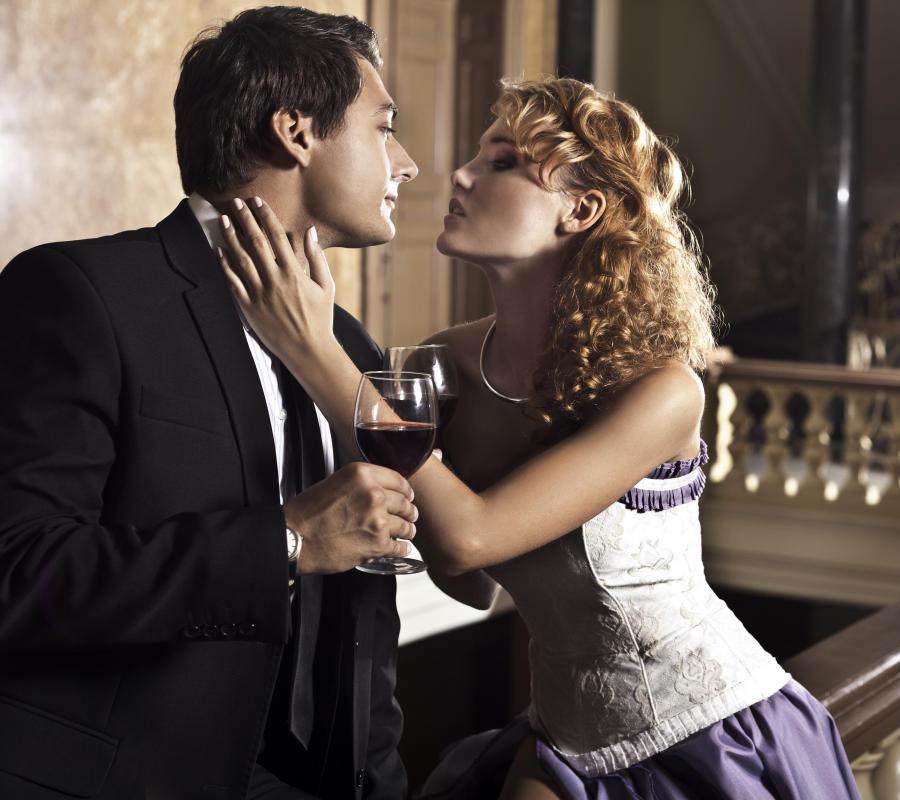At InfoBloom, we're committed to delivering accurate, trustworthy information. Our expert-authored content is rigorously fact-checked and sourced from credible authorities. Discover how we uphold the highest standards in providing you with reliable knowledge.
What is the Peanut Gallery?
Although many people associate the term peanut gallery with the early children's television program Howdy Doody, its origins can actually be traced back to the days of vaudeville. Many theaters charged patrons different prices for different seating sections. The most expensive seats were usually located close to the stage on the ground level, while the least expensive seats could be found high in the back rows of the balcony. Because these seats were so inexpensive and remote, they often attracted a much rowdier crowd who enjoyed heckling or taunting the performers.
One of the least expensive concessions available to the audience in the balcony were roasted peanuts served in the shell. The peanut shells soon became a favorite weapon for loud mouths, who routinely pelted the lower seats and performers with them. Savvy performers soon learned to "play to the crowd" or "play to the cheap seats" in order to avoid an onslaught of peanut shells and catcalls.

Because of the association between the peanut shells and the distance from the stage, this area of the theater became known as the peanut gallery. The peanut gallery section followed in the theatrical tradition of groundlings, poor audience members who milled around in front of the stage during Shakespearean productions. For many people seeking affordable entertainment, a ticket in the peanut gallery was the best they could do.

Eventually the popularity of vaudeville faded with the advent of television and motion pictures. Because most seats, even in the balcony, afforded audiences a decent view of the movie screen, many theaters stopped charging different prices for different seating sections. Instead, the balconies in segregated theaters were reserved for African-American patrons, a practice which became one of the focuses of the Civil Rights movement.
When children's television pioneer "Buffalo Bob" Smith introduced his Howdy Doody program to American viewers, his studio audience consisted of 40 children selected from thousands of applicants. In reality, many of the selected audience members were the children of television executives and show sponsors. Buffalo Bob called this captive audience of enthusiastic youngsters the Peanut Gallery, both a vaudeville reference and a commentary on the size of the audience members.
The concept of heckling a performer or offering unsolicited advice is still referred to as "commenting from the peanut gallery." A performer or speaker can launch a preemptive strike against critics by requesting no comments from the peanut gallery, or acknowledging the presence of hecklers in the cheaper seats. The peanut gallery often serves as a hypercritical Greek chorus, letting the performers know whenever they are failing on stage.
Today, there are other popular names for the cheapest and least desirable seats in a venue. Some unlucky patrons of a sporting event or concert may find themselves "sitting with the angels" in the highest rows of the section furthest from the stage or field. Others call these seats the nosebleed section because of the high altitude possibly triggering nosebleeds. There are also the "nocks," seating located so far away and above the action that binoculars would be a requirement.
AS FEATURED ON:
AS FEATURED ON:












Discussion Comments
I thought the peanut gallery referred to insulting someone on the size of their brain. For example: "thank you for the unsolicited opinion from the peanut gallery."
I can remember when I was in high school and our band director would always say "if I wanted any comments from the peanut gallery, I would ask!". Fun memories!
Post your comments